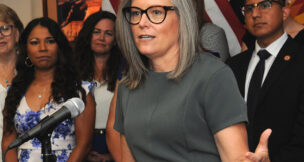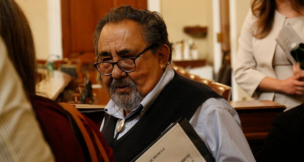Young Arizona immigrants fight for a piece of the American dream
Luige del Puerto//September 17, 2012//[read_meter]
Young Arizona immigrants fight for a piece of the American dream
Luige del Puerto//September 17, 2012//[read_meter]
Early in September, Reyna Montoya awoke to hear the heavy downpour outside her home in Mesa. She reacted the way most Arizonans would — with a giddy enthusiasm and a...

















